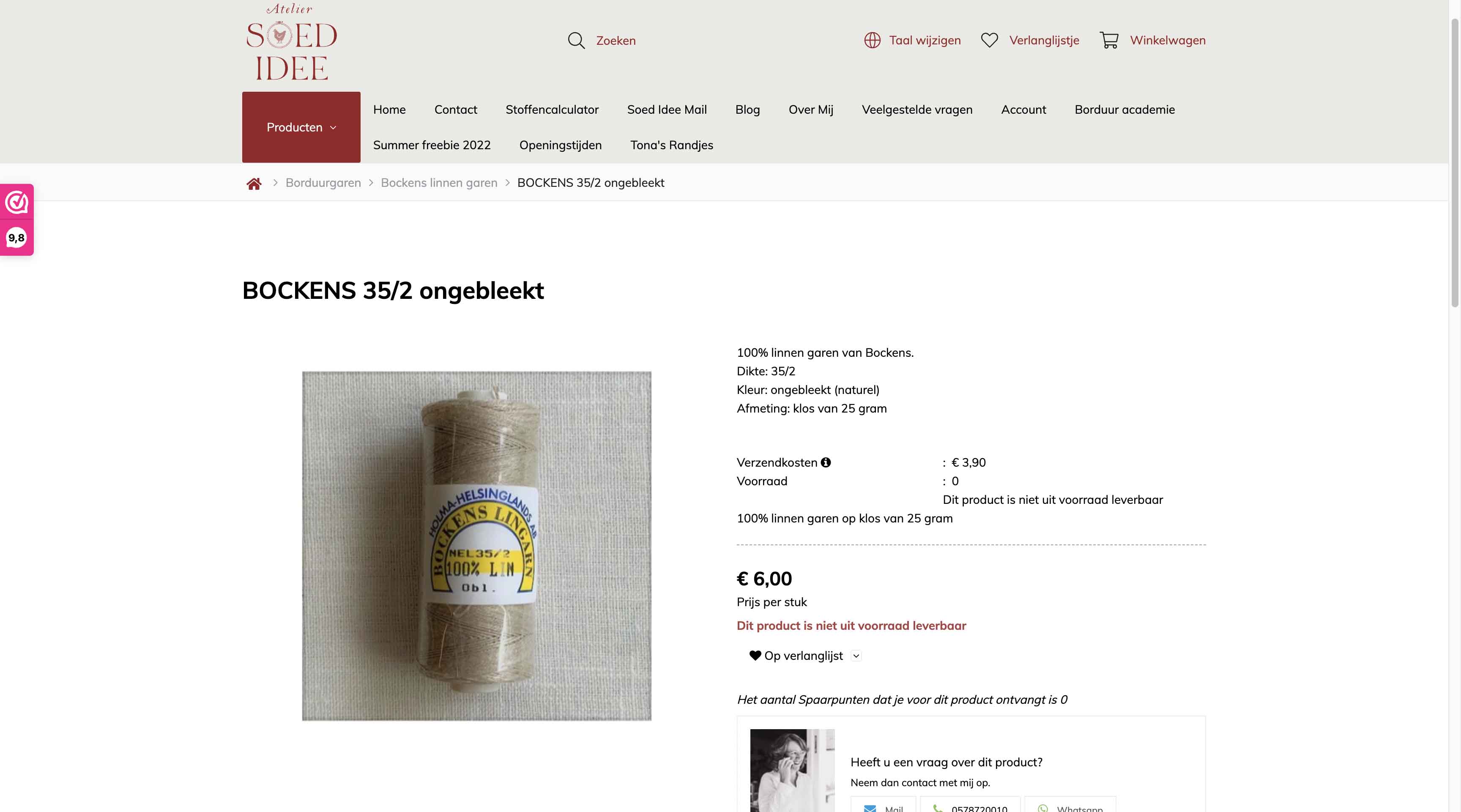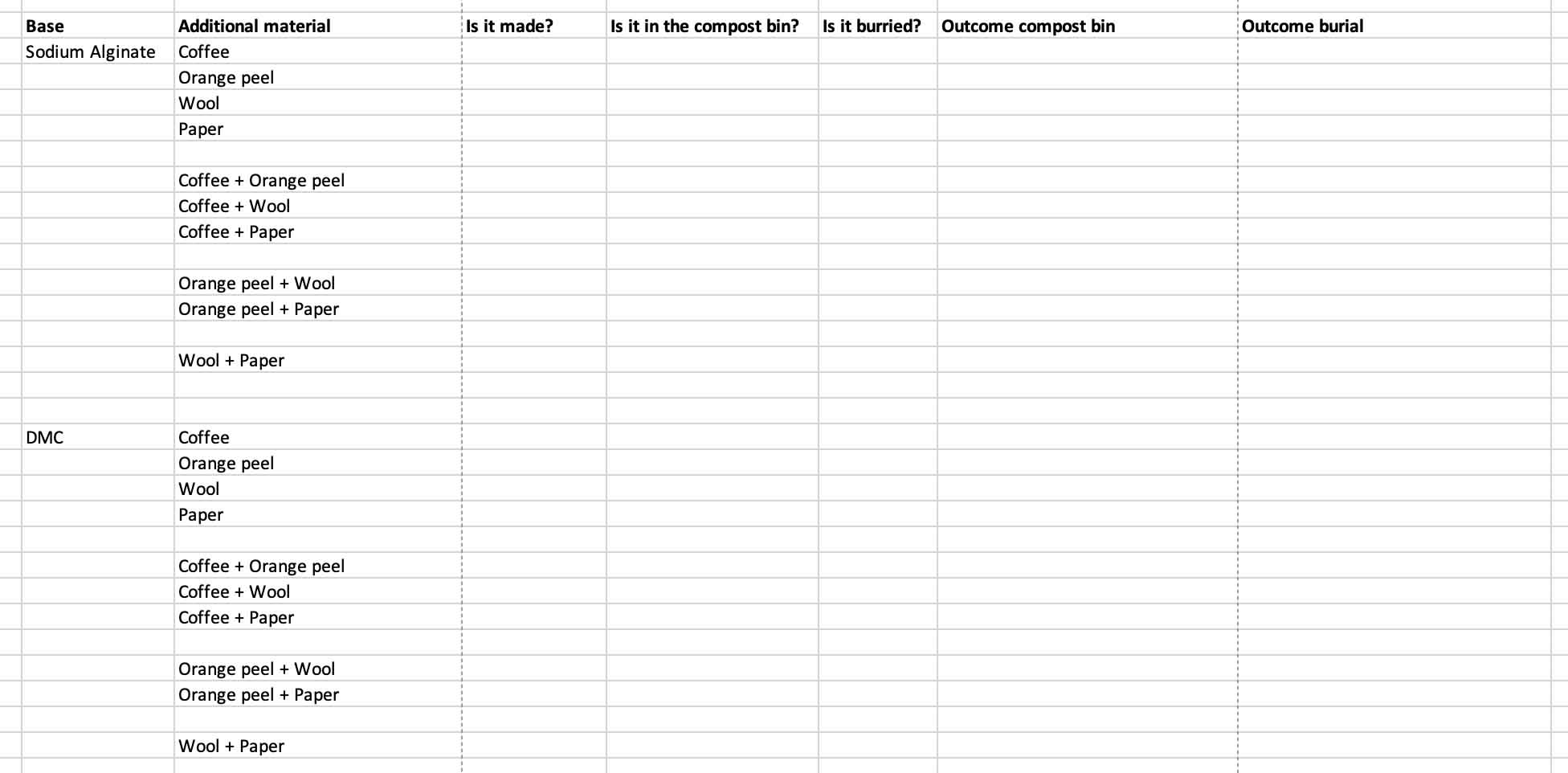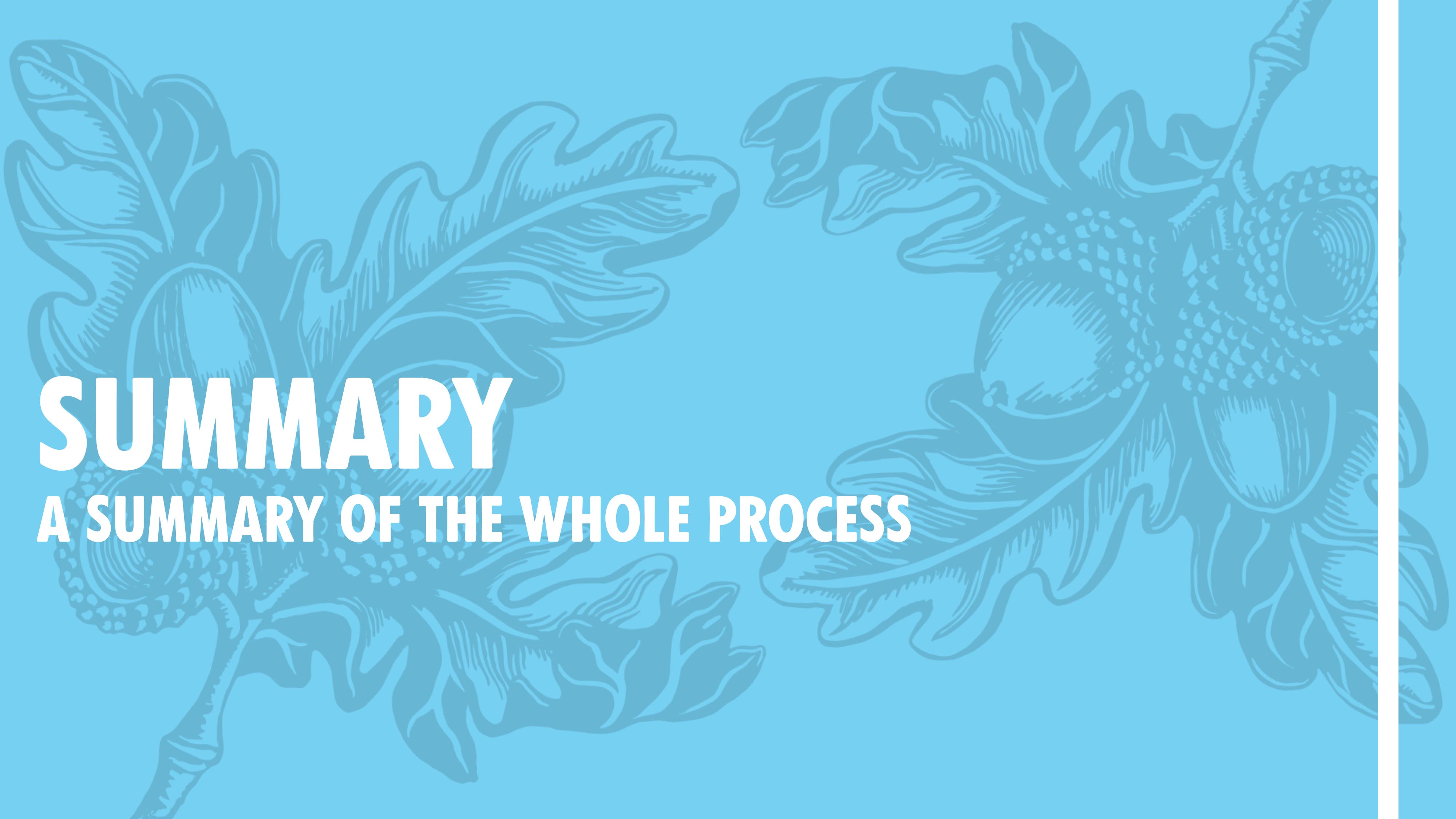Week 6
Written on September 15th, 2023 by Laura Weller
To find recipes I have looked at many different websites. Some of them you can find here below:
- https://naturelab.risd.edu/discover/biomaterials-you-can-make-at-home/
- https://materiom.org/
- https://fablabbcn.org/blog/emergent-ideas/biomaterials-101
- https://class.textile-academy.org/2021/sara.alvarez/assignments/week06/
- https://biofabforum.org/t/biomaterials-recipe-libraries/398
- https://www.designweek.co.uk/issues/4-9-may-2020/chemarts-aalto-biomaterials-book/
- https://makerbay.net/experimenting-with-bioplastics-part-1/
- http://fabtextiles.org/tag/biomaterial/
- https://www.tudelft.nl/bk/studeren/studentenwerk/archiprix-preselection-2023/kathryn-larsen
- https://discovermaterials.co.uk/resource/bioplastics-and-the-circular-economy/
- https://www.miriamribul.com/recipes-for-material-activism
After researching various websites I decided to add a few properties to my materials:
- You need to be able to sew it
- It needs to be biodegradable
- It needs to fit the needs of the rebels
In order to make these three things compatible, I had to research further. To make a biodegradable garment that can be sewn, I had to look into strong biomaterials and biodegradable yarn. The yarn I found through unbleached linnen yarn (see image below)

After finding the yarn, I went on looking for strong materials. I came upon a recipe from another fablab; the one in Barcelona. Their recipe made a garment with wool. I know that in the Netherlands, there are a lot of sheep of which their wool is not used. Therefore I bought wool from a farmer in Drente (see image below)

After buying the wool and the linnen yarn, I created an overview of the recipes that I would test. I use 2 bases: Sodium Alginate and CMC+DMC. I combine these bases with paper, orange peel, wool or coffee (or a combination of). Then I test the fabric properties and then I see what I take with me to the next step.


